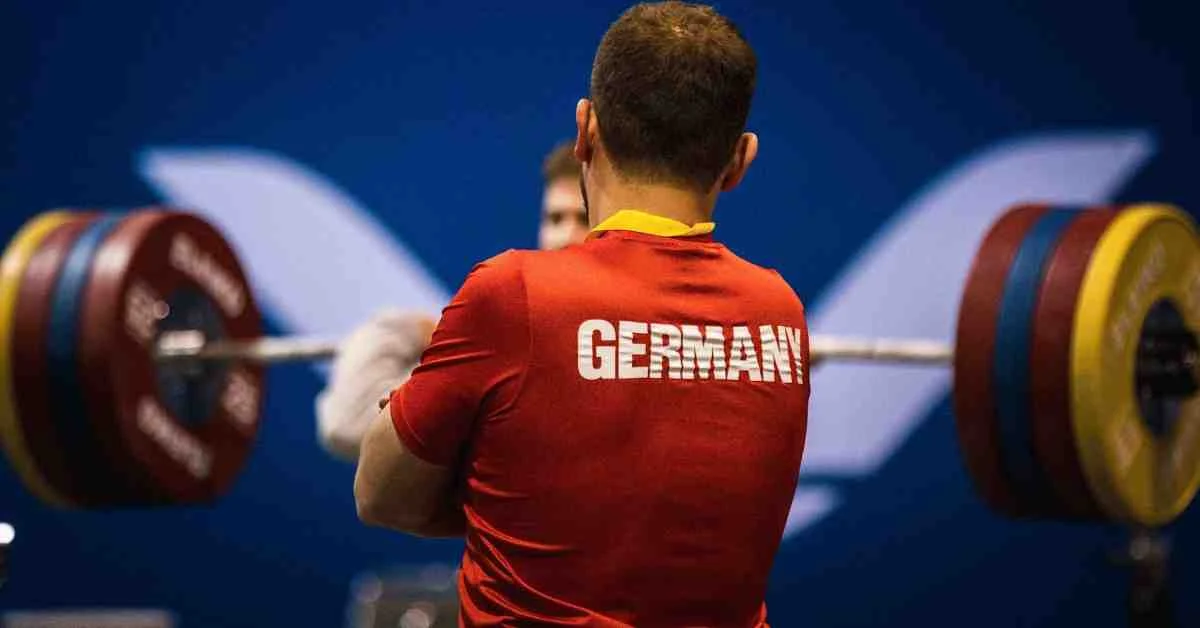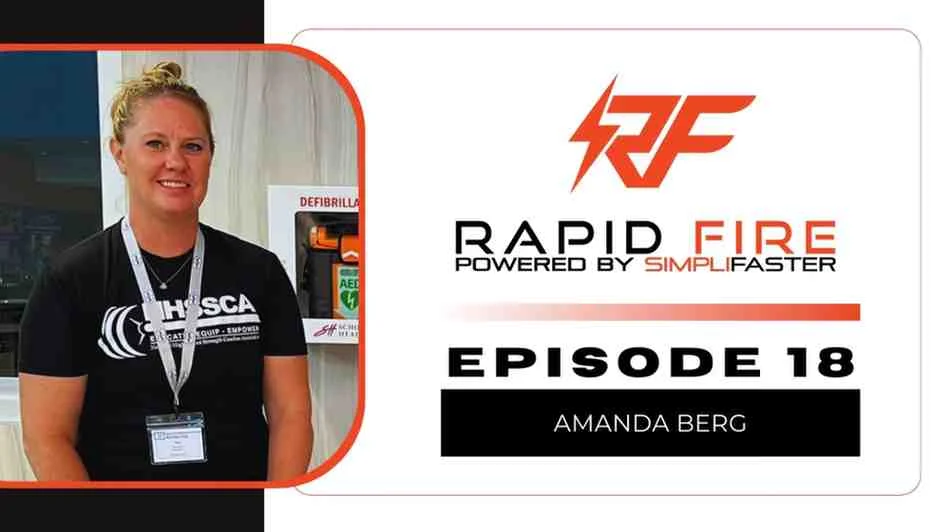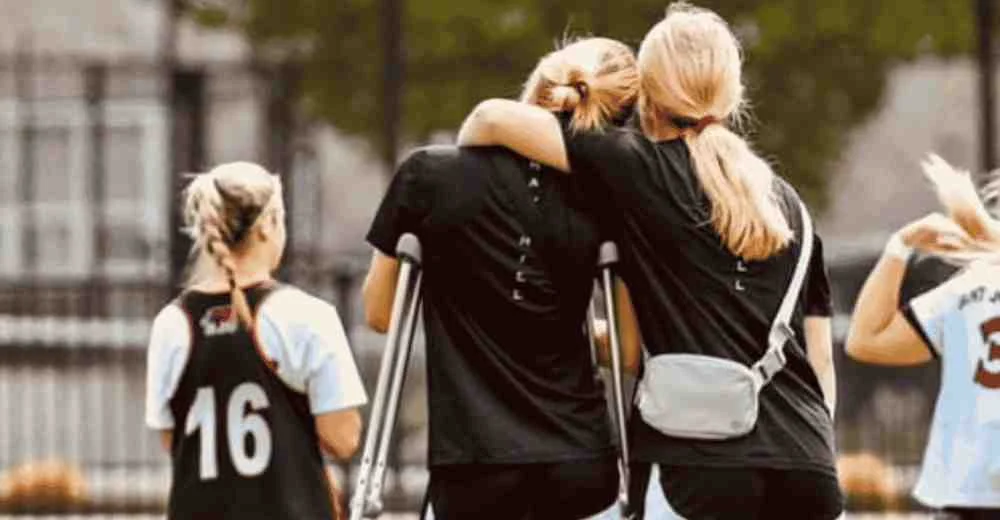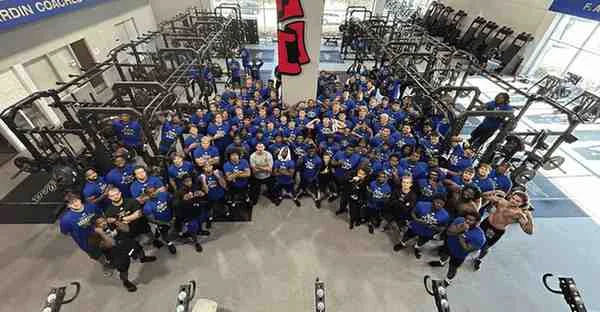[mashshare]
At clinics, I often ask coaches to tell me their all-time favorite drill, the “dream drill” they find most beneficial in helping their athletes run faster. Answers vary. Some like fast, straight leg-impact bounds, what Chris Korfist refers to as “Prime-Times” because they resemble Deion Sanders’s strut into the end zone. Others prefer the Gerard Mach ABC drills. According to Vern Gambetta, those drills are intended to “specifically strengthen muscles in the postures and actions that are similar to those that occur during the sprint action.”
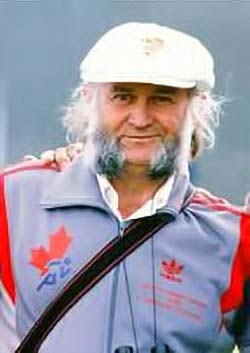
But drills can be problematic. Gambetta considered the technical benefit of the Mach drills as ancillary and noted that “if they are not taught properly and constantly coached, incorrect execution and repetition will ingrain bad habits.”
I know two things about drills: 1) coaches generally like them, and 2) coaches are so focused on proper execution that if you show them videos of athletes demonstrating those drills, they could spend considerable time pointing out technical mistakes those athletes are making. The reality of speed drills is that coaches often disagree on the proper mechanics to perform them properly.
So what is the one drill I like, the one drill hard for athletes to do wrong or for coaches to debate incorrect execution?
The answer goes back to the mid-70s when I attended a clinic at the University of Illinois Circle Campus. The keynote jumps speakers were Polish pole vaulting coach Andrzej “Andy” Krzesinski and his wife Elzbieta, affectionately called “Golden Ela.” Both were former Olympians. Andy finished 12th in the pole vault at the 1960 Rome Olympics while Ela won the long jump gold medal at the 1956 Melbourne Olympics and silver in 1960. Andy coached 1976 high jump gold medalist Jacek Wzola and 1980 pole vault gold medalist Wladyslaw Kozakiewicz.
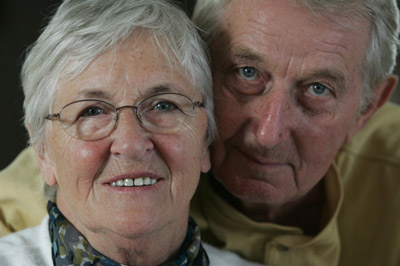
I thought their presentation was excellent, but many coaches left early because of the difficulty in understanding their English. Growing up in a Polish family where many relatives had similar language issues, I didn’t have a problem understanding the points Krzesinski was making or the description of the drills he was presenting. One drill, in particular, caught my attention. Krzesinski said it could easily be performed at any school with stadium bleachers. He didn’t give it a name, so I called it the “Polish Bleacher Bound.” It remains my all-time favorite.
An athlete starts with the right foot on top of a bleacher seat, with the left extending down to the bleacher tread. The athlete then drives up into a full extension jump. The left foot is now on the top of the seat, and the right foot drops down to the shorter tread. Repeat the movements in the opposite direction to return to the starting point. To make the drill more complex, have the athlete drive forward down the length of the bleachers and then back, which continually reverses the extended and loaded legs.
Polish Bleacher Drill
Why do I like this drill so much? For starters, it is easy to execute and requires no additional equipment.
Driving up from a thigh parallel position isn’t easy, but the point of emphasis is the contribution of the fully extended drop leg. This requires a powerful eccentric contraction. The greater the force applied by the dropping leg, the less the load on the opposite leg trying to drive up to full extension. With more advanced athletes, the placement of the foot on the bleacher seat can be delayed until the foot of the fully extended leg lands on the bleacher tread.
In a 2004 article, “Means and Methods of Sprint Training,” John Cissik notes my insights from an earlier article: “As opposed to better stride length and stride frequency through the leg swing drills used by many, Jakalski advocates that improvements in stride lengths and frequencies are determined largely, or perhaps entirely, from the ground force applied during the stance phase . . . . According to Jakalski, elite sprinters are achieving their greater velocities through a combination of exerting more force against the ground and an ability to exert it more quickly than other athletes.”
Coaches may find Polish Bleacher Bounds as a way for sprinters to experience the kind of big forces applied in minimal time that are essential to achieve faster top-end speeds. If so, we owe a big debt to Andrzej Kreszinski, the diminutive Polish jumps coach who, on a cold day in Chicago, shared his expertise with coaches for whom English was not a second language.
[freelap-share]
[mashshare]
References
Cissik, John M. “Means and Methods of Speed Training, Part I.” Strength and Conditioning Journal 26.4 (2004): 24-29.
Gambetta, Vern. “Mach Sprint Drills: A Personal Perspective.” Functional Path Training, September 29, 2015.



